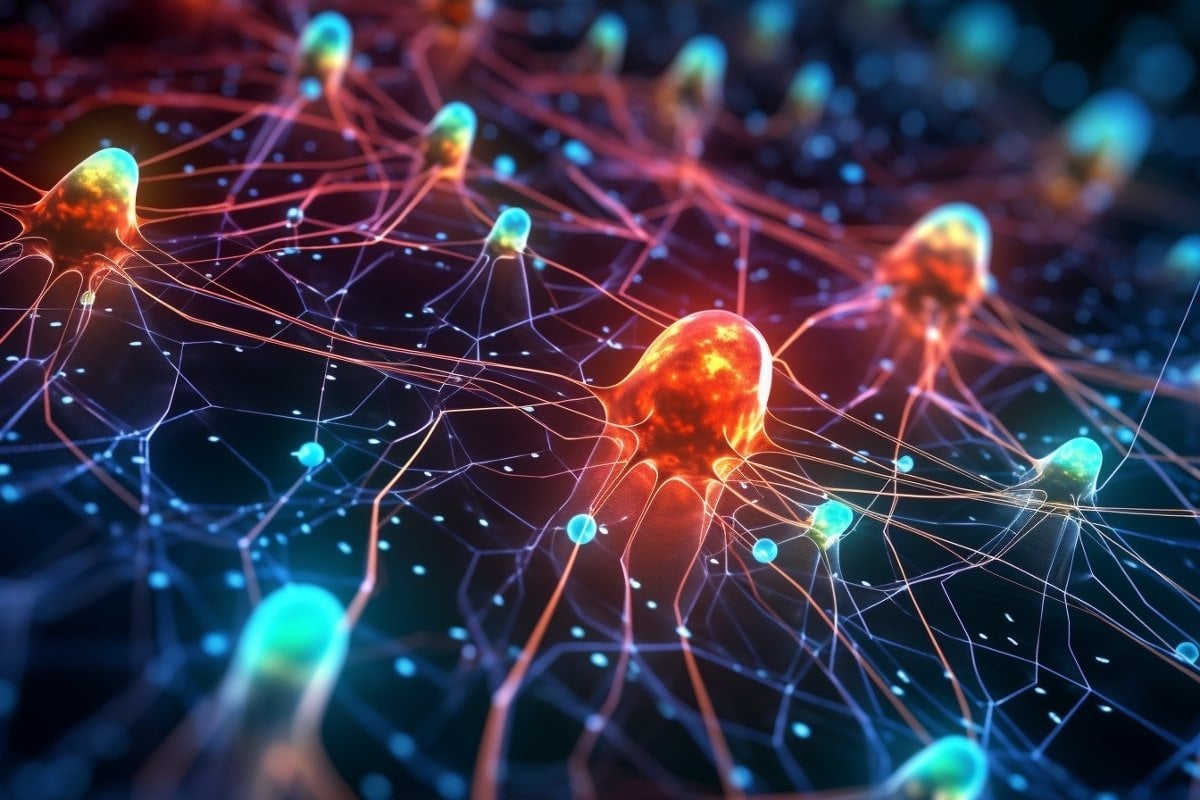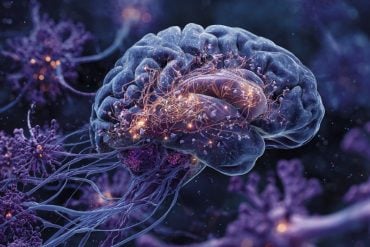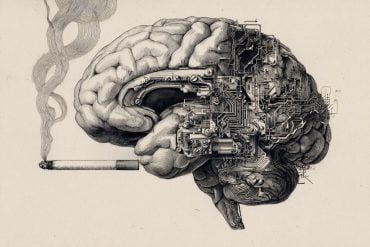Summary: Scientists present a hypothesis dubbed “Cytoelectric Coupling” suggesting electrical fields within the brain can manipulate neuronal sub-cellular components, optimizing network stability and efficiency. They propose these fields allow neurons to tune the information-processing network down to the molecular level.
Comparatively, this process is akin to households arranging their TV setup for optimal viewing experience. The theory, open for testing, could significantly enhance our understanding of the brain’s inner workings.
Key Facts:
- The Cytoelectric Coupling hypothesis suggests the brain’s electrical fields can fine-tune network stability and efficiency by influencing neuronal sub-cellular components.
- The brain’s ability to adapt to a changing world includes proteins and molecules that interact with electric fields generated by neurons.
- This new theory, suggesting a connection from macroscopic to microscopic level in the brain, is a testable hypothesis that could revolutionize our understanding of brain functioning.
Source: Picower Institute for Learning and Memory
To produce its many functions, including thought, the brain works at many scales. Information such as goals or images is represented by coordinated electrical activity among networks of neurons, while within and around each neuron a mix of proteins and other chemicals physically carries out the mechanics of participating in the network.
A new paper by researchers at MIT, City —University of London, and Johns Hopkins University posits that the electrical fields of the network influence the physical configuration of neurons’ sub-cellular components to optimize network stability and efficiency, a hypothesis the authors call “Cytoelectric Coupling.”
“The information the brain is processing has a role in fine-tuning the network down to the molecular level,” said Earl K. Miller, Picower Professor in The Picower Institute for Learning and Memory at MIT, who co-authored the paper in Progress in Neurobiology with Associate Professor Dimitris Pinotsis of MIT and City —University of London, and Professor Gene Fridman of Johns Hopkins.

“The brain adapts to a changing world,” Pinotsis said. “Its proteins and molecules change too. They can have electric charges and need to catch up with neurons that process, store and transmit information using electric signals. Interacting with the neurons’ electric fields seems necessary.”
Thinking in fields
A major focus of Miller’s lab is studying how higher-level cognitive functions such as working memory can rapidly, flexibly and yet reliably emerge from the activity of millions of individual neurons.
Neurons are capable of dynamically forming circuits by creating and removing connections, called synapses, as well as strengthening or weakening those junctions. But, that merely forms a “roadmap” around which information could flow, Miller said.
The specific neural circuits that collectively represent one thought or another, Miller has found, are coordinated by rhythmic activity, more colloquially known as “brain waves” of different frequencies.
Fast “gamma” rhythms help transmit images from our vision (e.g. a muffin), while slower “beta” waves might carry our deeper thoughts about that image, (e.g. “too many calories”).
Properly timed, bursts of these waves can carry predictions, enable writing in, holding onto and reading out information in working memory, Miller’s lab has shown. They break down when working memory does, too.
The lab has reported evidence that the brain might distinctly manipulate rhythms in specific physical locations to further organize neurons for flexible cognition, a concept called “Spatial Computing.”
Other recent work from the lab has shown that while the participation of individual neurons within networks may be fickle and unreliable, the information carried by the networks they are part of is stably represented by the overall electric fields generated by their collective activity.
Cytoelectric coupling
In the new study, the authors combine this model of rhythmic electrical activity coordinating neural networks with other lines of evidence that electrical fields can influence neurons at the molecular level.
Researchers, for example, have studied ephaptic coupling, in which neurons influence each other’s electrical properties via the proximity of their membranes, rather than solely relying on electrochemical exchanges across synapses. This electrical cross-talk can affect neural functions including when and whether they spike to relay electrical signals to other neurons in a circuit.
Miller, Pinotsis and Fridman also cite research showing other electrical influences on cells and their components including how neural development is guided by fields and that microtubules can be aligned by them.
If the brain carries information in electric fields and those electric fields are capable of configuring neurons and other elements in the brain that form a network, then the brain is likely to use this capability. The brain can use fields to ensure the network does what it is supposed to do, the authors suggest.
To put it (loosely) in couch potato terms, the success of a television network isn’t just its ability to transmit a clear signal to millions of homes. What’s also important is the details as fine as the way each viewer household arranges its TV, sound system and living room furniture to maximize the experience.
Both in this metaphor and in the brain, Miller said, the presence of the network motivates the individual participants to configure their own infrastructure to participate optimally.
“Cytoelectric Coupling connects information at the meso‐ and macroscopic level down to the microscopic level of proteins that are the molecular basis of memory,” the authors wrote in the paper.
The article lays out the logic inspiring Cytoelectic Coupling. “We’re offering a hypothesis that anybody can test,” Miller said.
Funding: Support for the research came from the United Kingdom Research and Innovation (UKRI), the U.S. Office of Naval Research, The JPB Foundation and The Picower Institute for Learning and Memory.
About this neuroscience research news
Author: David Orenstein
Source: Picower Institute for Learning and Memory
Contact: David Orenstein – Picower Institute for Learning and Memory
Image: The image is credited to Neuroscience News
Original Research: Open access.
“Cytoelectric Coupling: Electric fields sculpt neural activity and “tune” the brain’s infrastructure” by Earl K. Miller et al. Progress in Neurobiology
Abstract
Cytoelectric Coupling: Electric fields sculpt neural activity and “tune” the brain’s infrastructure
We propose and present converging evidence for the Cytoelectric Coupling Hypothesis: Electric fields generated by neurons are causal down to the level of the cytoskeleton.
This could be achieved via electrodiffusion and mechanotransduction and exchanges between electrical, potential and chemical energy. Ephaptic coupling organizes neural activity, forming neural ensembles at the macroscale level.
This information propagates to the neuron level, affecting spiking, and down to molecular level to stabilize the cytoskeleton, “tuning” it to process information more efficiently.






